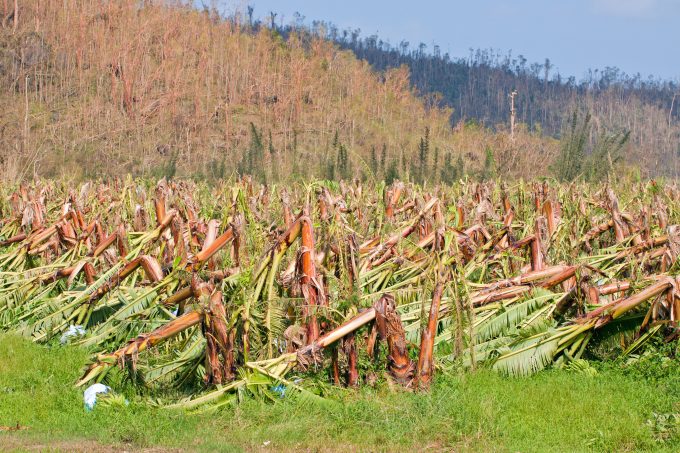'Solid' half-year performance at K+N was offset by weakening US dollar
A steep drop in the value of the US dollar against the Swiss franc since ...

Severe weather conditions taking a heavy toll on many crops are hurting perishables exporters – and their misery is compounded by high freight rates that erode margins.
In Europe, the climate has taken a heavy toll on agriculture, with double-digit declines in grain output across much of ...


Comment on this article